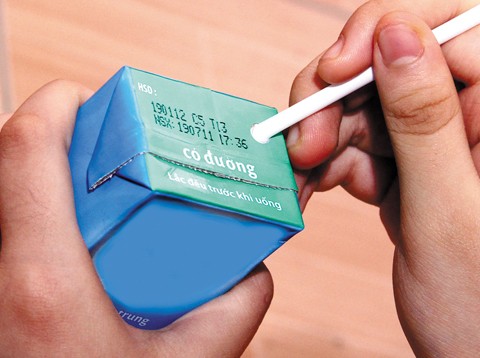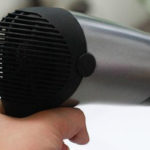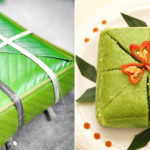Recognizing Spoiled Milk: What to Look For
Verify the Milk with Your Standard Method
Check expiration date
Expired milk should not be used if more than 7 days have passed. However, if stored properly, expired milk that has not surpassed the 7-day mark can still be consumed. It is important to note that if milk has expired at room temperature, it is considered spoiled, even if the color and smell appear normal.
According to industry standards, full cream milk can be safely consumed within 5 days after the expiration date. On the other hand, lactose-free or fat-free milk can be used for up to 10 days after the expiration date. It is important to adhere to these guidelines for optimal safety and freshness.
Please refer to www.eatbydate.com for more information.
Please check the scent of the milk for any unusual odors.
Using your sense of smell is the most straightforward method to determine if milk has gone bad. Fresh milk typically has no odor, whereas spoiled milk will emit an unpleasant smell.

Please check the consistency of the milk to see if it has been curdled.
If milk is spoiled, it may curdle. It is recommended to thoroughly stir the milk to check for any lumps at the bottom of the container. Additionally, examining the inside of the container for any residue is a good indication of spoiled milk.
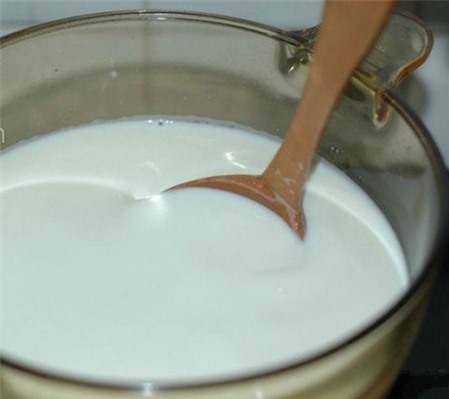
Check Milk Appearance
Please check the appearance of the milk to determine if it is yellow or cloudy.
Pour the milk into a transparent glass and illuminate it with a light source. Premium quality milk will exhibit clarity, cleanliness, and a pristine white hue. Conversely, compromised milk may exhibit cloudiness or a yellowish tint.
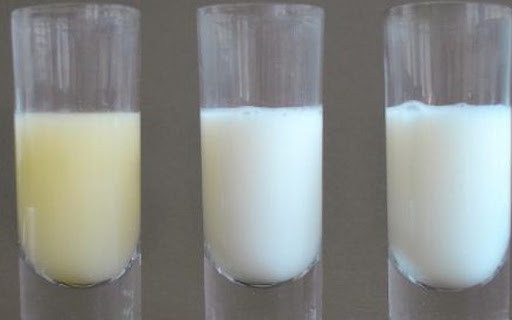
It is recommended to refrigerate milk in order to preserve its quality and freshness.
If milk is left at room temperature for an extended period of time, it will spoil, regardless of its shelf life. Milk that is left at room temperature for more than an hour is highly likely to spoil.
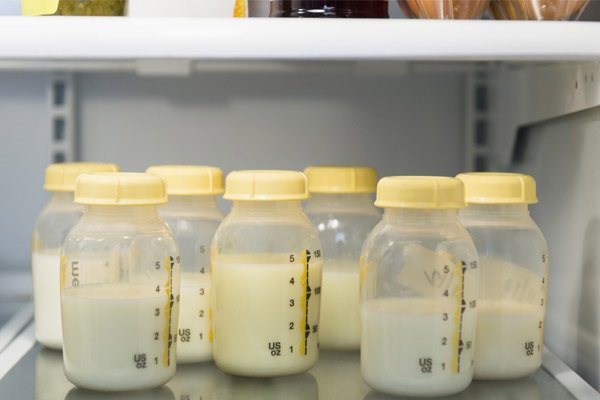
Using a Microwave to Test for Rotten Milk
Step 1: Prepare the Milk
Pour milk into a cup until it reaches a height of approximately 2.5 cm.
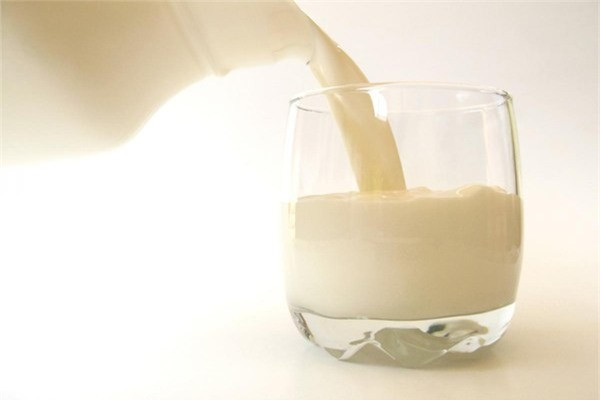
Step 2: Place the milk in the microwave and heat it for approximately 30 to 60 seconds.

Step 3: Inspect and discard any curdled or sticky milk. Gently stir the warm milk to determine its consistency, ensuring it remains in liquid form and does not thicken. Curdling occurs as a result of high acidity, causing the milk’s protein to clump together.
After warming the milk, a standard occurrence is the presence of a fine layer of scum on the surface. It is important to note that this scum is just regular milk. However, the liquid milk must still be visible following the removal of the scum in order to ensure its freshness.
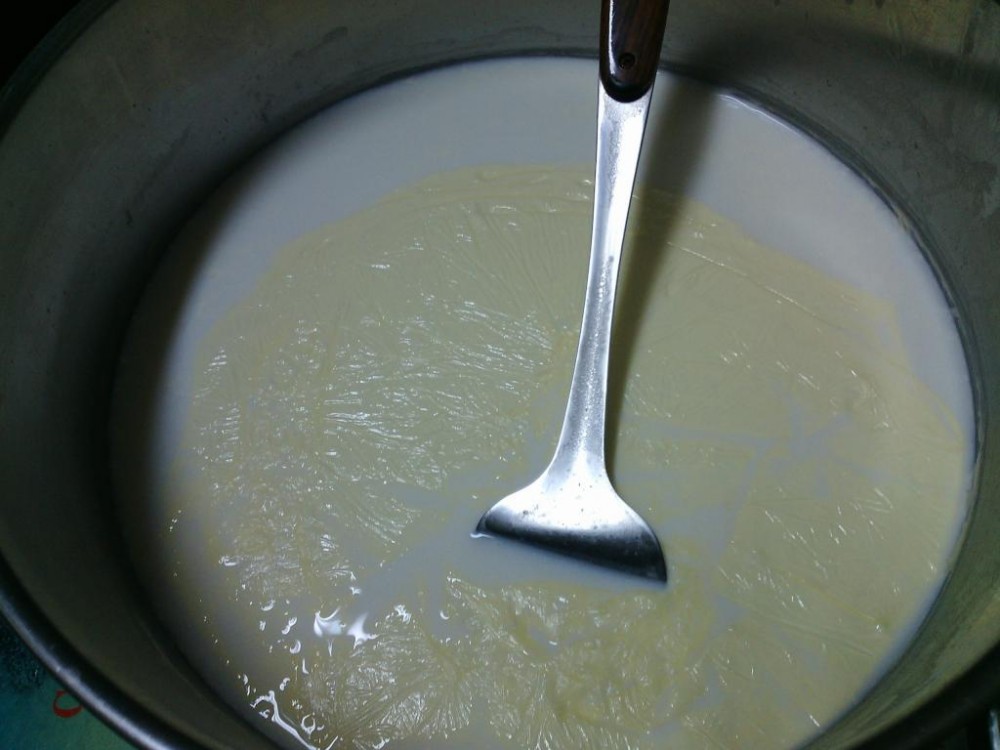
Surprising Outcome of Baking Soda Experiment
- Meticulously measure and dispense approximately 10 grams (1 teaspoon) of baking soda (also known as fresh salt) onto a plate.
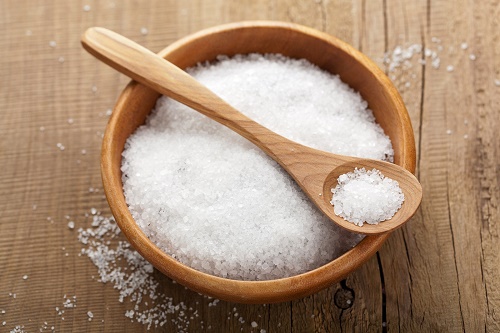
Step 2: Add a few drops of milk to the baking soda.
The presence of spoiled milk will result in bubbling when combined with salt. If no bubbles are produced, the milk is considered safe for use.
If the milk appears or smells normal, but if the baking soda causes bubbling, it is not recommended for consumption.
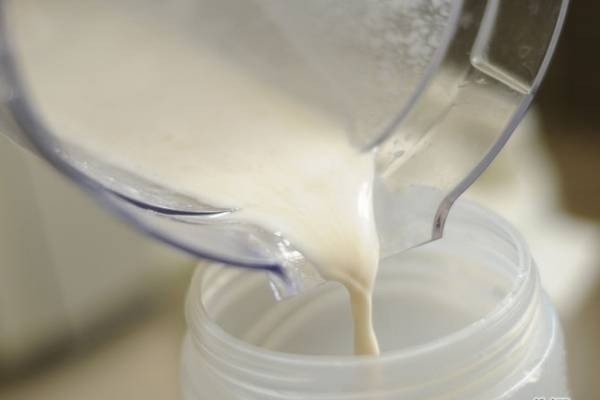
Storing Milk: The Correct Way
Keep Store Items Below 4 Degrees Celsius
The Importance of Refrigerating Milk
It is crucial to refrigerate milk at all times to maintain its freshness and prevent spoilage. When milk is left at room temperature for an extended period, it will spoil faster. Therefore, proper refrigeration is necessary to ensure the longevity and quality of milk.
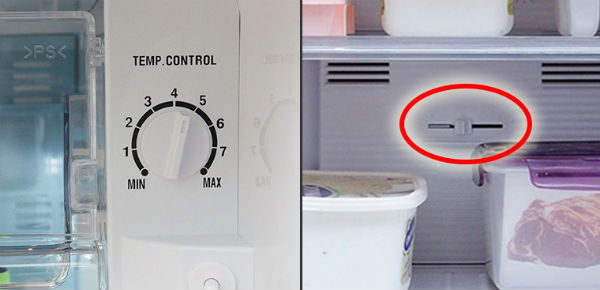
Protect Milk from Light to Increase Shelf Life
Studies show that the longevity of milk can be affected by the type of container it is stored in. Milk in clear glass or plastic containers tends to have a shorter shelf life compared to milk in colored cardboard or plastic cups. To maximize the freshness and quality of milk, it is recommended to place it deep inside the refrigerator, away from light sources. Additionally, it is advisable to block other foods from being placed in front of the milk to further reduce light exposure.

Ensure Milk Carton Is Sealed After Use
Proper storage is important to keep milk fresh and prevent spoilage. Even if stored well, fresh milk can spoil if exposed to air. To ensure the freshness of your milk, be sure to tighten the lid of the carton after use. Additionally, it is recommended to keep the milk in the manufacturer’s box for optimum freshness.
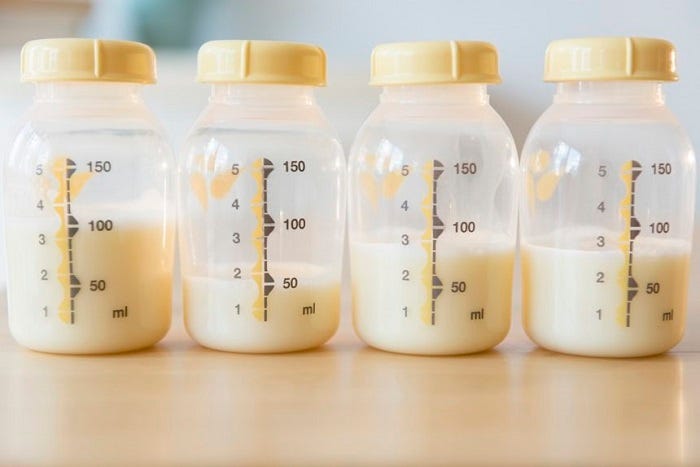
Steps for Freezing Milk for Consumption
Milk can be safely stored for up to 3 months. When defrosting milk, it is recommended to refrigerate the milk or submerge the bottle/box of milk in cool water.
When frozen, the consistency and color of the milk may alter slightly, resembling the appearance of spoiled milk. However, it is still suitable for use, although the taste may be diminished.
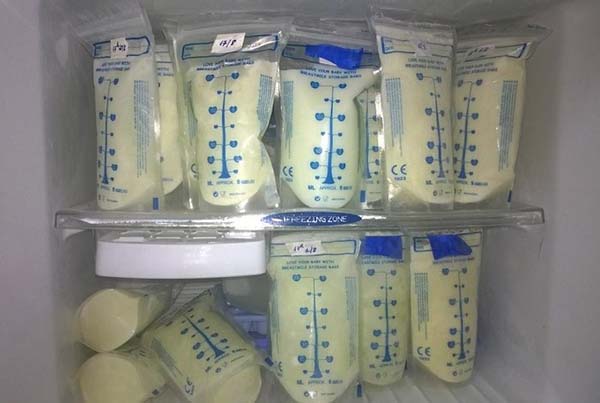
We hope that the above article has provided helpful information on how to determine if milk is spoiled or past its expiration date. It is important to take special care in properly storing milk to ensure its preservation.

























